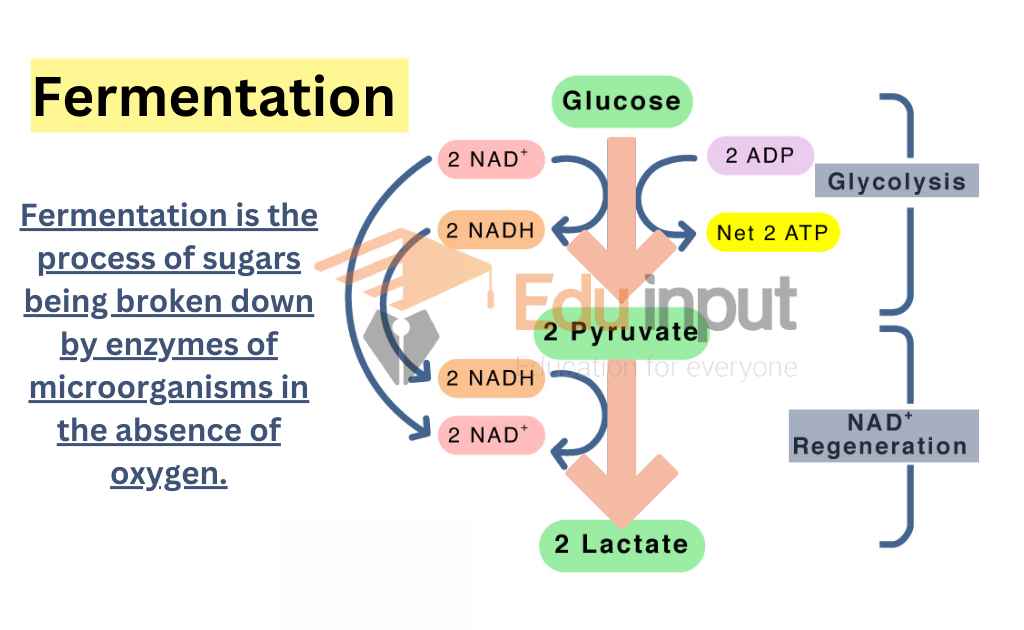Genetic Engineering of Plants-Applications And Advantages
The manipulation of the genes in plants is called the genetic engineering of plants. Genetic modification involves the insertion of a gene of interest in a plant cell. It may take 10-12 years to develop, and evaluate new crops. It will be genetically enhanced and have distinct qualities.
Genetic Engineering of Plants
Genetic modification of plants involves the addition of desired genetic material into the genome of a plant resulting in the plant with desired characteristics.
Genetically modified plants are grown in tissue culture, where they are provided with optimized conditions.
Genetic modification can also be used to make the plant grow faster or to make them resistant to pests.
Process of Genetic modification Of Plants
Desirable traits are produced in plants by two methods:
Hybridization
Hybridization is a traditional technique, that is used to cross different varieties of plant species. Hybridization is used to produce plants with desirable traits. Vegetative propagation is performed on hybrid plants. It produces a large number of identical plants with these traits.
Genetic Engineering
The plants with foreign genes are called transgenic plants. It can directly alter the gene of a plant. So transgenic plants have new and different traits.

Procedure Of Genetic Engineering
The following procedure is adapted for producing transgenic plants in most of the plants.
1. A foreign gene isolated from any type of organism. It is placed in the tissue culture medium.
2. High-voltage electric pulses are given. It produces pores in the plasma membrane of the protoplast.
3. The foreign genes enter the protoplast through these pores.
4. The protoplast grows to form a new plant. This plant shows the characters of foreign genes.
Example of Genetic Engineering in Plants
A gene of firefly was inserted into tobacco protoplast. This gene produces the enzyme Luciferase.
When the adult plant is sprayed with substrate Luciferin, it glows.
Procedure Of Genetic Engineering In Cereals
The regeneration of cereal grains from protoplasts is difficult. Corn and wheat protoplasts produce infertile plants.
Thus other methods are used to introduce DNA into plant cells with intact cell walls. There are two methods to produce transgenic plants in cereals:
Use of Agrobacterium plasmids
Firstly, Foreign DNA is isolated. It is inserted into the plasmid of the bacterium Agrobacterium. It produces recombinant DNA. It contains genes of plasmids and the foreign genes of interest. The bacterium infects the plant.
Thus recombinant plasmid is introduced into the plant cells.
Use of Particle Gun
This method is developed by John C Sanford and Theodore Genetic M. Klein of Cornell University in 1987. They introduced DNA into a plant tissue culture callus.
They developed a device called a particle gun. This gun bombards a callus with microscopic metal particles. These particles are coated with DNA. The callus produces genetically altered somatic embryos. These embryos produce adult plants.
Many plants like corn and wheat varieties are genetically engineered by this method.
Applications of Genetic Engineering in Agriculture
Crop production has increased due to genetic engineering. It’s one of the benefits of using technology in agriculture. Genetic engineering is the modification of organisms with new, or enhanced, genes.
There are various types of food allergies, that are being prevented by using this technique to produce better quality. Genetically modified crops must be improved.
Numerous genetic modification strategies have succeeded in controlling plant diseases. Scientists have been trying to create genetically modified plants to help out farmers to get more yield. They’ve found ways to make plants resistant to viruses, and now it’s up to farmers to use them.
Fruit ripening is a major issue for the industry. Genetic engineering has made it possible to delay the ripening of fruits.
Plants can make ethylene and delay the fruit ripening process using genetic modification. The antisense technology allows us to stop the production of ethylene which slows down the ripening of fruit.
Latest Research About Genetic Engineering of Plants
- Scientists have improved soybean through genetic engineering (GE) techniques, such as transgenesis and gene silencing, to enhance traits like herbicide and disease resistance. New plant breeding technologies (NPBTs) like CRISPR/Cas9 have also emerged, addressing ethical concerns related to genetic modification. These technologies can improve soybean traits via precision genome engineering, providing potential solutions to global food deficiencies. [1]
- Scientists have integrated and overexpressed genes encoding LTPs with antimicrobial potential in plants for improved disease resistance. nsLTPs are small, cysteine-rich proteins that play a significant role in abiotic and biotic stress tolerance, and their inhibitory activity against pathogenic microorganisms is well established. [2]
- Scientists have utilized green biotechnology to create in vitro transgenic plant cell cultures for the production of valuable bioactive compounds with medicinal properties. Genetic engineering techniques, such as RNAi and CRISPR/Cas9, have been employed to enhance the biosynthesis of artemisinin, a sesquiterpene lactone with antimalarial properties found in Artemisia spp. [3]





Leave a Reply